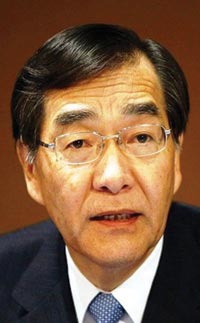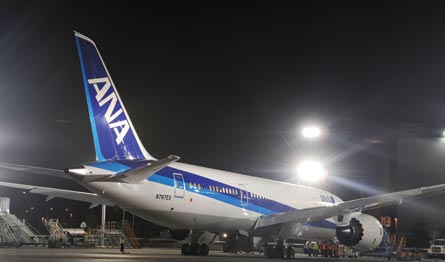Fuji Heavy Industries, a Japanese conglomerate that also manufactures automobiles, has jumped seven places to number 58 in the Top 100 after growing aerospace revenues 15.3% in 2009.
Within its aerospace operations, Fuji specialises in advanced composites, from which it manufactures wings and other structural components. The company also offers expertise in flight-control and other technologies for unmanned aircraft.
|
|---|
In 2009 Fuji's civil revenues were boosted by rising sales of the Boeing 777 after resolution of the machinists' strike that crippled the US airframer's production line. A total of 88 777s were delivered in 2009, compared with 61 in 2008.
Last year was, however, clouded by the delay to the Boeing 787 programme. Fuji manufactures 787 centre wing boxes, for which Boeing had to develop a modification, delaying the type's first flight.
Fuji has been manufacturing components for Boeing since 1973, serving the 767 and 777 programmes before it joined the 787 team. For the 777, as for the 787, its role is to manufacture the centre-wing section that joins the main wings and fuselage.
Smaller than other Japanese aerospace conglomerates such as Mitsubishi, which holds the lion's share of fighter manufacturing, and Kawasaki Heavy Industries, dominant in military products, Fuji prioritised the unmanned sector as one in which it can carve a lucrative niche.
For Japan's air force, it has been developing a fixed-wing unmanned air vehicle that can be deployed from under the wing of a fighter aircraft.
It has also developed and tested a Fuji aerial robot system that uses a global positioning system for navigation and autonomously handles take-offs and landings by small fixed-wing aircraft.
- Top 100 rank 58
- HQ Tokyo, Japan
- Aero revenues $996m
- Sales growth 15.3%
- Operating margin 5.2%
- ROCE 4%
- Employees 13,000 (est)
- Chief executive Ikuo Mori
|
|---|
Source: Flight International





















